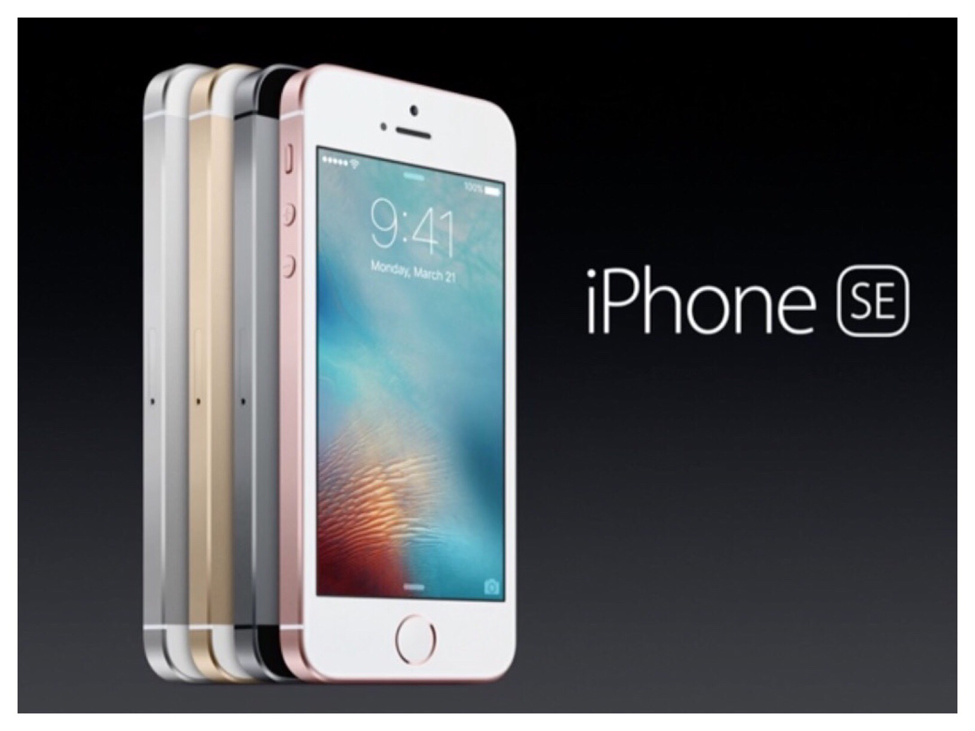Smaller companies tend to gravitate towards premium products. It’s universal law that the higher you go in price for anything, the smaller and smaller your market becomes. Selling premium products helps small companies recoup their investment when their material and labor costs are higher than the big guys. Plus, large companies may not want to deal with low-volume products that can’t be automated.
But Apple occupies somewhat of an enviable position. They are an extremely large corporation that has a disproportionate mix of premium products, an oddity in business. Their few lower-priced products make up a minority of their sales. All companies would love to have this situation. It’s the opposite of an automotive company whose product lines are like a pyramid, the base comprised of the lower-priced models and the top is generally premium products.
Apple doesn’t attack the low end of the market because they don’t want to. But this is not because they wouldn’t be successful. If Apple so chose, they could compete on the basis of price and win. They have both the purchasing power and volume to offer lower-priced devices than anyone. And I’m not talking about $450 iPhones either. Much lower than that.
Everyone likes to focus on the fact that iOS has about 20% of the global smartphone market. However, that’s only if you lump all the Android volume from various companies together. If you compare smartphone volume by individual company, Apple is the largest.
If Apple focused their energy on pulling out premium features like fast memory, super responsive touch screens, and color calibrations, they could cut a lot of additional cost from even an iPhone SE. Further, if they started using low-cost materials like plastic in place of aluminum and glass, they could compete against the cheapest of the low-cost no-name Android stuff and win. They could undercut everyone and still make a profit.
But there would be a huge risk in Apple ever doing this. Apple could undercut everyone and make a profit, but it wouldn’t be as large of a profit as they’re getting from their current products. Pulling in a new customer segment would yield incremental profit, but if their current customers start to shift their purchases to the low end, that would be a big problem. Apple definitely doesn’t want to swap high-margin products for lower-margin ones.
Then there’s the danger to the brand. When you see the Apple logo on a product, you expect premium materials and high quality. Using lower-cost materials and cheaper components doesn’t dovetail with Apple’s brand. Although, this problem is solvable.
When I was working as a financial analyst for the Herman Miller Company, the second largest office furniture manufacturer in America, we wanted to make a push into the South American market. The problem was that Herman Miller furniture was a premium brand with premium materials, built to American standards that called for thicker gauge steel, more fire retardant, etc. So what did we do? We looked at purchasing another company and using the acquired brand to market our new products. This way we could still leverage our purchasing power, lean manufacturing techniques, and supply-chain management skills. Combine all that with cheaper materials and less warranty coverage, and it would be a fair fight that we could win.
If Apple wanted to attack the low end of the market, they would need to do something similar. It would need to be a different brand and couldn’t have the Apple logo on it. This would allow Apple to use low-cost materials, shorten the warranty, and follow different customer service policies. Combining Apple’s massive material purchasing power and world-class supply-chain management, their new product could become the low-cost leader.
I have a hard time thinking that Apple would ever risk damaging their premium iPhone market by doing this. If the market is snapping up every iPhone that rolls of the assembly line, keep your focus there. There’s no reason to shift your resources unless Apple all of a sudden cares about iOS vs Android market share, something that has never bothered them before.
On the Mac side, though, it might be worth considering. It would be much preferable to licensing macOS to third parties. If Apple created another brand, they could still control the entire supply chain and quality. Offering easy-to-upgrade plastic boxes that were competing on the same playing field as cheaper PCs, they’d probably gain new customers, people who would otherwise be making “Hackintoshes”, buying a Windows PC, or abandoning Macs altogether and switching to iPads.
It’s fascinating to ponder how the landscape would change if all of a sudden iOS commanded 50% of the market versus today’s 20%. iOS would be able to gain market share in developing nations like India. Apple branded devices would still be at 20% or less since most of the new volume would come from the low-cost line.
But how would this impact Google? Even though they make money off of iOS, they’d have to tailor their strategy to favor iOS even more. Would Apple shift their focus more to services revenue to offset the device gross margin lost? Is iOS important enough to split off from the Apple Brand?
I’m sure Apple has discussed and rejected this idea many times. But I'm convinced that if Apple were to make a concerted effort at growing iOS market share through low cost devices, they would be wildly successful at it. Perhaps too much so due to the risk that it poses to the gold mine which is iPhone. So I wouldn’t get my hopes up that this would ever happen.



 RSS Feed
RSS Feed